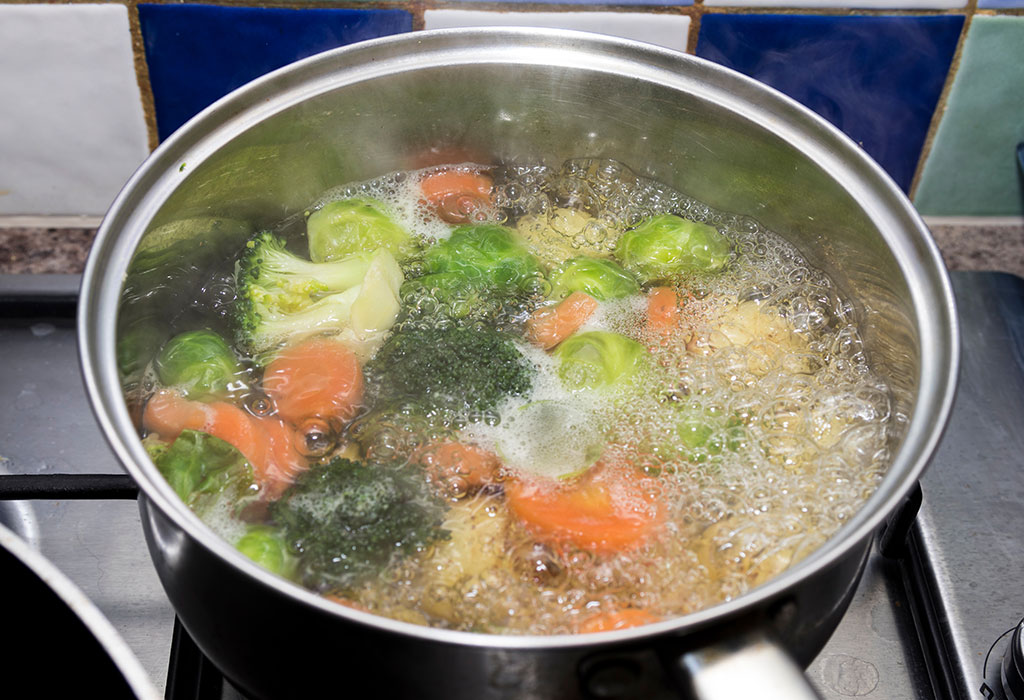We eat a lot of rice, so I find myself making it at least a few times a week. This method of how to cook rice has been tested hundreds if not, thousands, of times. Its the way Ive been making it for decades, for me, its the only way I cook rice.
Do you rinse the rice? stir it? drain it after cooking? Ive got all of your questions answered!
Ive always followed the same method after watching my mum cook rice when I was younger. She still has the same saucepan that she uses for rice from when I was a kid!
It was only when I was at university (in the communal kitchens) that I saw how much trouble other people had with boiling rice. There was soggy rice, hard rice, burnt rice – and I witnessed people boiling it in huge pans of water and draining it off – like they were cooking pasta! That often ended up in a big soggy glutenous mess. It seemed like no-one knew how to cook rice on the stove!
So I wanted to share my method (or should I say my mums method) that Ive been using for decades on how to cook long grain rice. The only time Ive ever had an experiment with it was when I moved from a gas burner to an induction hob. But Ill share the methods for both.
Here are my most important tips. Once youve got these down, youll be cooking rice perfectly every time.
Use regular long-grain white rice – not the easy-cook kind. Easy cook might seem simpler, but because it’s got more of a shiny-non-stick exterior when cooked, it simply won’t be as tasty, and it wont absorb the flavour of your accompanying sauce as well (also if youre turning it into fried rice, the non-stick rice wont absorb any of the flavours as well). I only ever use easy-cook rice for making stuffed peppers – just because it cooks quicker and I want the grains to have a different texture for that recipe.
No need to rinse it. Some people think rinsing it is a must to remove the starch and any other nasties, thereby making your rice less sticky. If you buy decent quality (store own-brand is fine) rice, you shouldn’t have this problem. Your rice may be a little clumpy, but shouldn’t be sticky. I prefer rice to be a little bit clumpy – and the clumps are easily broken down with a fork.
Don’t go with too large a pan. You’ll be cooking the rice over a low heat, so a smaller pan is better for even heat distribution. For this tutorial, we’re working on approx 4-6 portions of rice – using a 1.8 – 2.2 litre (approx 1.5 – 2 quart) saucepan.
Get the water boiling first, and then add the rice. The amount of water you put in the pan will dictate the amount of rice to add.
If you feel you really need to know the quantities, this is generally one part rice to one-and-a-half parts water.
Usually two cups water to 1 cup rice, bring to a boil, simmer for 20–25 minutes until all the water is absorbed. It may “simmer” faster if your heat is higher.

#2 Add the long grain rice
You can add the rice by eye – simply pour the rice into the centre of the boiling water and keep pouring until a tbsp. or so of rice is above the water – like the above. ☝️
#3 Stir & add the lid
Once you’ve added the rice, give it a quick stir and then place a lid on the pan.
How to cook rice: boiling method
FAQ
What happens if you boil water with rice in it?
Can you boil rice without soaking?
Can you make minute rice with boiling water?
Can I reuse the water I boiled rice in?
